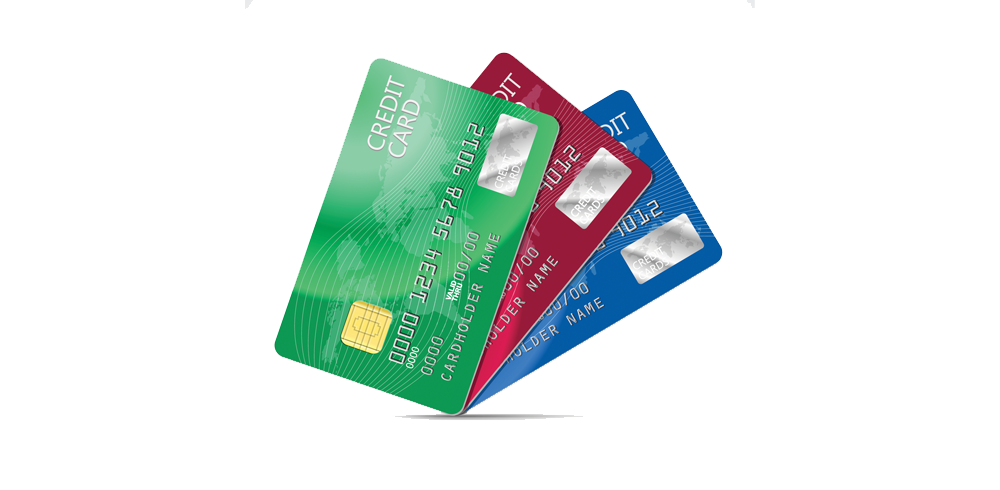The allure of complimentary flights, luxurious hotel stays, and seamless travel experiences fuels the dreams of many adventurers. For the financially savvy, these dreams are often within reach, thanks to the strategic use of travel rewards credit cards. These specialized financial tools allow you to earn miles or points on your everyday spending, which can then be redeemed for travel-related expenses, effectively transforming your purchases into your next grand adventure.
However, the sheer volume of travel credit card options can be overwhelming. Each card boasts unique earning structures, redemption methods, annual fees, and a dazzling array of perks. This comprehensive guide will demystify the world of travel rewards, helping you understand the different types of cards available and providing a framework for selecting the one that perfectly aligns with your travel habits and financial goals in 2025 and beyond.
Understanding Travel Rewards: Miles, Points, and Redemption
Before diving into specific cards, it’s essential to grasp the mechanics of travel rewards:
- Miles vs. Points:
- Airline Miles: Often earned directly with airline co-branded credit cards, these are specific to a particular airline’s frequent flyer program (e.g., United MileagePlus, Delta SkyMiles). Redemption is typically for flights on that airline or its partners.
- Hotel Points: Similar to airline miles, these are specific to a hotel chain’s loyalty program (e.g., Marriott Bonvoy, Hilton Honors). Redemption is primarily for hotel stays.
- Flexible Points: These are the most versatile. Offered by major card issuers (e.g., Chase Ultimate Rewards, American Express Membership Rewards, Citi ThankYou Points, Capital One Venture Miles), these points can often be redeemed through the issuer’s travel portal, used for cash back, or, most valuably, transferred to a variety of airline and hotel loyalty programs.
- Redemption Value: The value of a point or mile varies significantly. While some points have a fixed value (e.g., 1 cent per point when redeemed through a travel portal), others can be worth much more (e.g., 2 cents per point or more) when strategically transferred to an airline or hotel partner for a premium redemption.
- Transfer Partners: For flexible points programs, the quality and variety of transfer partners are crucial. The more airline and hotel partners available, the more options you have for maximizing your points’ value, especially for international travel or premium cabin redemptions.
Key Factors When Choosing a Travel Rewards Card
Selecting the “best” travel card is a highly personal decision. Consider these critical factors:
- Annual Fees: Many of the most rewarding travel cards come with an annual fee, ranging from under $100 to over $500. Evaluate whether the value of the points earned, sign-up bonus, and included travel perks (like lounge access, travel credits, free checked bags) outweigh this cost. For frequent travelers who utilize the benefits, a high annual fee can easily be justified.
- Earning Rates: Pay attention to how many points or miles you earn per dollar spent. Look for bonus categories that align with your typical spending habits (e.g., cards offering 2x, 3x, or even 5x points on travel, dining, gas, or groceries).
- Sign-Up Bonuses: These are often the fastest way to amass a large sum of points or miles. They typically require meeting a specific spending threshold within the first few months of card ownership. Always ensure you can meet this requirement through your regular spending without going into debt.
- Redemption Flexibility: How easily can you use your points? Do they have a fixed value towards any travel, or can they be transferred to numerous airline and hotel partners? The latter often provides greater potential value, but requires more research to maximize.
- Travel Benefits and Perks: Beyond earning points, many travel cards offer a suite of benefits that can enhance your travel experience:
- Airport Lounge Access: A coveted perk for frequent flyers.
- Annual Travel Credits: Statement credits for specific travel purchases (e.g., airline fees, hotel stays).
- Free Checked Bags: Particularly valuable for airline co-branded cards.
- Elite Status: Complimentary or accelerated elite status with airline or hotel loyalty programs.
- Primary Rental Car Insurance: Protects you from damage to rental vehicles.
- Trip Cancellation/Interruption Insurance: Provides coverage if your trip is unexpectedly cut short.
- Global Entry/TSA PreCheck Credit: Reimburses the application fee for these expedited security programs.
- Foreign Transaction Fees: If you travel internationally, ensure your chosen card has no foreign transaction fees (typically 2-3% of each transaction).
- Your Travel Habits: Be honest about how you travel. Are you loyal to one airline or hotel chain? Do you fly frequently or take one big trip a year? Do you prefer luxury or budget travel? Your answers will guide your choice.
Categories of Top Travel Rewards Cards
While specific card names and offers can evolve, the categories of leading travel rewards cards remain consistently valuable:
- Flexible Travel Rewards Cards (Issuer-Specific Programs with Transfer Partners) These cards offer points that can be redeemed through the issuer’s travel portal, or crucially, transferred to a diverse network of airline and hotel loyalty programs. This flexibility allows you to leverage your points for the best possible value across various travel brands.
- Premium Tier: These cards typically come with higher annual fees (e.g., $400-$700+) but offer extensive perks like comprehensive travel insurance, airport lounge access, annual travel credits, and often higher earning rates on travel and dining. They are ideal for frequent, often luxury, travelers who will fully utilize the rich benefits.
- Mid-Tier: With moderate annual fees (e.g., $95-$250), these cards strike a balance between cost and value. They offer solid earning rates on travel and dining, good sign-up bonuses, and often valuable benefits like primary rental car insurance and basic travel protection. They are a great starting point for many travelers.
- No-Annual-Fee Tier (often paired): While not primary travel cards themselves, some no-annual-fee cards from these issuers earn points that can be combined and transferred if you also hold one of their premium or mid-tier cards. They serve as excellent everyday spending cards to accumulate points without a fee.
- Airline Co-branded Credit Cards These cards are tailored for individuals loyal to a specific airline or airline alliance. They earn miles directly within that airline’s frequent flyer program and come with airline-specific perks that enhance the travel experience on that carrier.
- Key Perks: Free checked bags (often for the cardholder and companions on the same reservation), priority boarding, discounted in-flight purchases, companion passes, and the ability to earn elite status qualifying miles/dollars.
- Examples: Cards offered by major airlines (e.g., those associated with United, Delta, American, Southwest, Alaska Airlines).
- Hotel Co-branded Credit Cards Similar to airline cards, these are designed for travelers who frequently stay with a particular hotel chain. They earn points within that hotel’s loyalty program and provide hotel-specific benefits.
- Key Perks: Complimentary elite status (e.g., Silver, Gold, or Platinum), annual free night certificates, bonus points on hotel stays, and enhanced on-property benefits.
- Examples: Cards affiliated with major hotel groups (e.g., Marriott Bonvoy, Hilton Honors, World of Hyatt, IHG One Rewards).
- General Travel Cards (Fixed-Value Redemption or No-Annual-Fee Basic Travel) These cards offer a simpler approach to travel rewards. Their points are typically redeemed at a fixed value (e.g., 1 cent per point) towards any travel purchase made on the card. Some may not have annual fees and provide a flat earning rate on all purchases.
- Key Features: Straightforward earning and redemption, often no annual fee, and points can be used to “erase” travel purchases from your statement.
- Examples: Certain no-annual-fee cash back cards that allow travel redemption or specific cards designed for fixed-value travel redemption (like some Capital One Venture versions).
Maximizing Your Travel Rewards Strategy
To truly get the most out of your travel rewards credit cards:
- Match Cards to Spending: Use the right card for the right purchase. If one card gives 3x points on dining and another on groceries, use them accordingly.
- Utilize Perks: Don’t pay annual fees for benefits you don’t use. If your card offers a travel credit, make sure to use it.
- Consider a Multi-Card Strategy: Many seasoned points enthusiasts combine a no-annual-fee everyday spending card (to accumulate points) with a premium travel card (to unlock transfer partners and valuable perks).
- Monitor Redemption Values: Before redeeming points, research different options. Sometimes, transferring to a specific airline or hotel partner offers significantly more value than redeeming through a travel portal or for cash.
Conclusion
Choosing the best credit card for earning travel rewards and miles is a personalized endeavor that requires a clear understanding of your travel frequency, loyalty, and spending habits. By carefully considering annual fees, earning rates, sign-up bonuses, and the suite of travel benefits offered, you can select a card, or combination of cards, that transforms your everyday expenses into unforgettable travel experiences. Remember, responsible credit card use – always paying your balance in full and on time – is the ultimate key to unlocking the full potential of your travel rewards.




